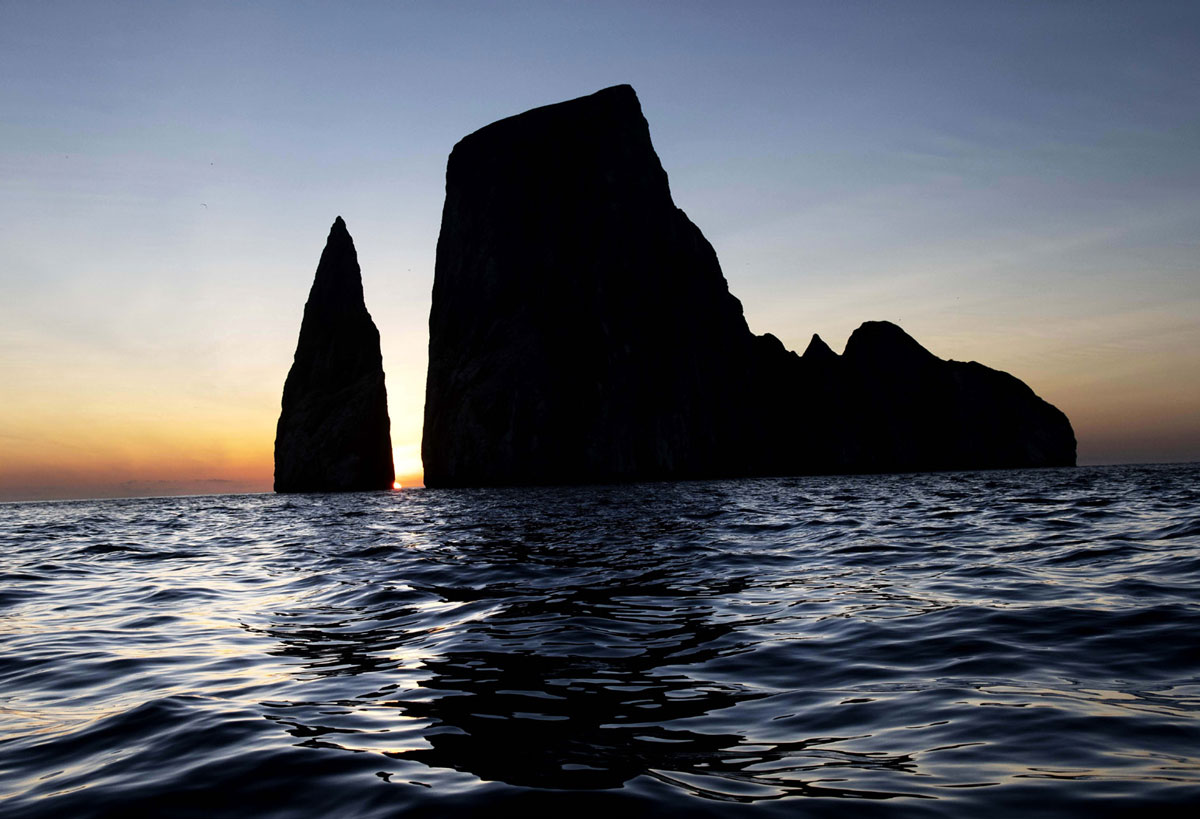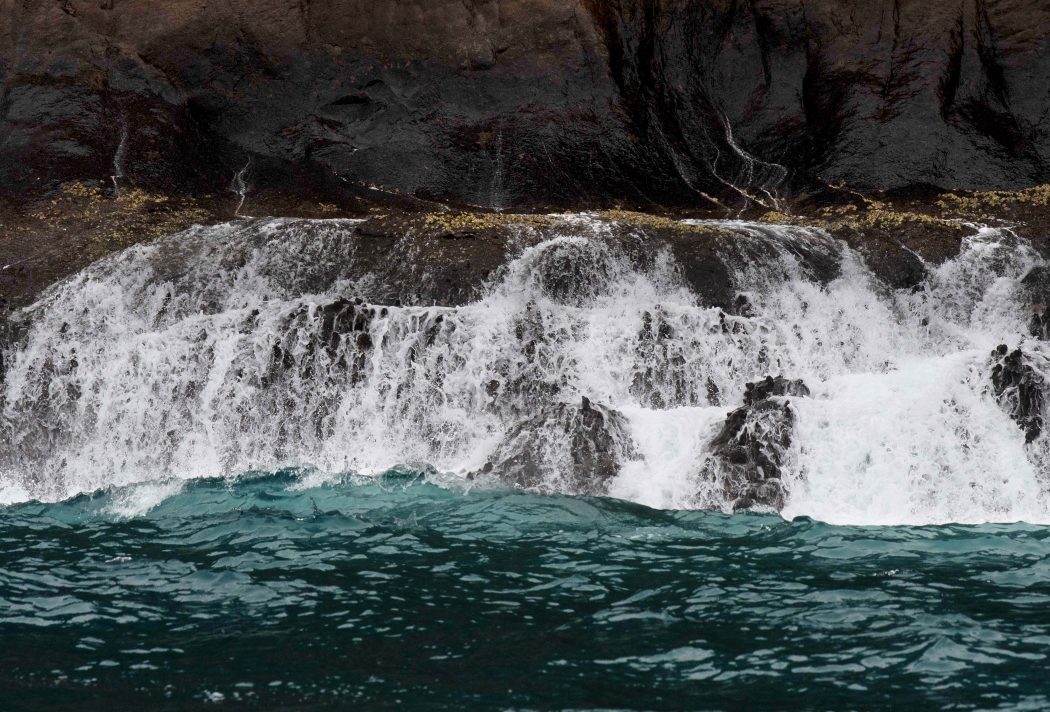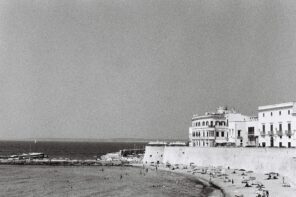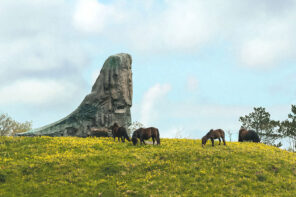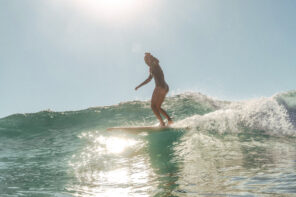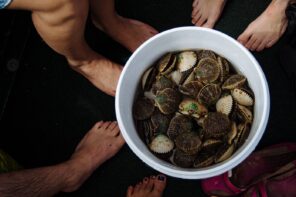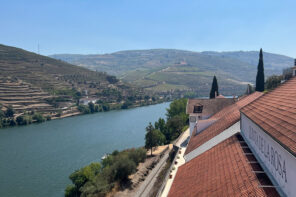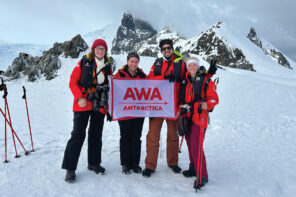In Deep Water
Nature never loses the capacity to surprise us.
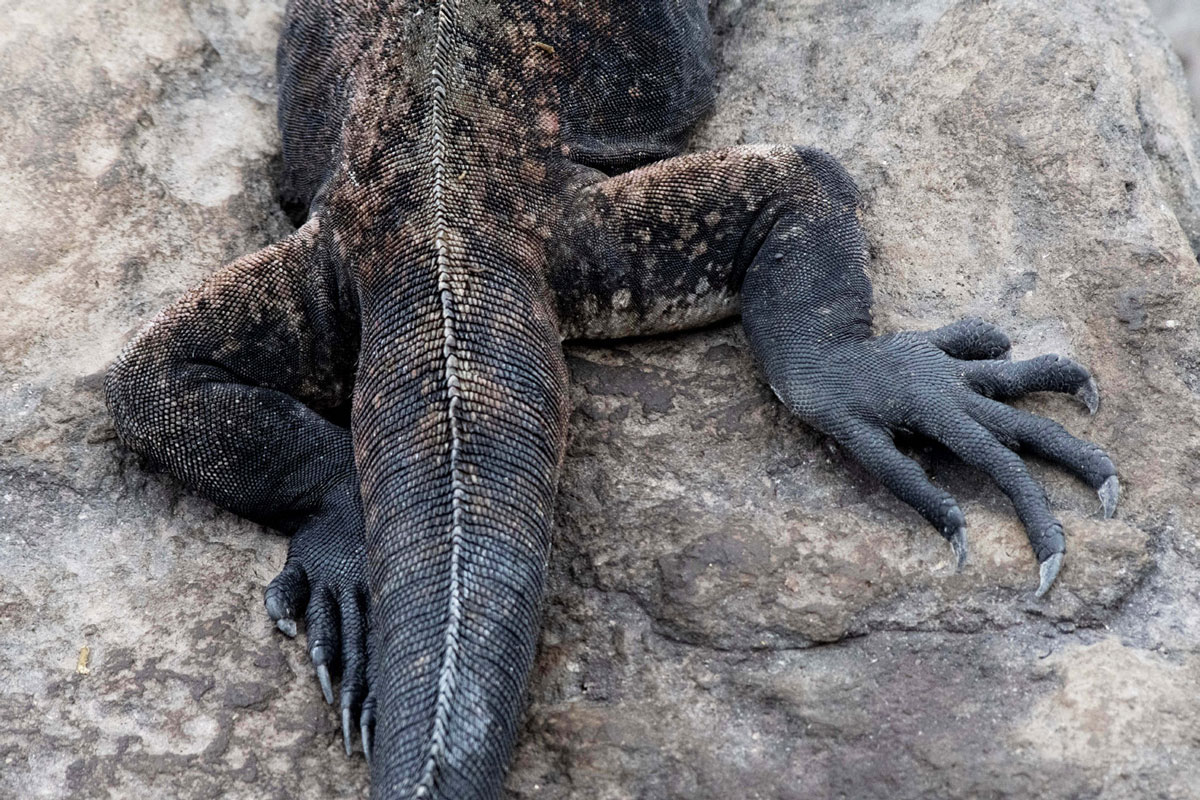
Photography by Enzo Barracco
The confluence of swift-moving currents in Galápagos in which Enzo Barracco found himself on his first day there was a far cry from the fashion trends the photographer more regularly shoots while collaborating with the likes of Vogue Italia. Far out at sea, the islands are surrounded by some deep, very deep, waters. And some massive fish. Enzo cleared his mask. Looking down through the waters that he fought to keep from being swept away by, he saw the unmistakable silhouettes of hammerhead sharks below. He’d be forgiven for thinking he should have been shooting models in Milan instead.
But his desire to show people the fragility of the sea brought the Palermo-born photographer here, where currents from all over the world converge. “The oceans are on the verge of a pivotal change. It is essential to raise awareness at this moment in order to protect and preserve the blue planet,” Enzo tells Whalebone Magazine. “Galápagos is the perfect ambassador to actually understand the dynamic of the ocean.”
He had intention, but was not so foolish as to have a plan. “With nature, you don’t have a goal,” he says. “Nature tells you what you want to do. When I was a fashion photographer, I controls everything in the studio. But nature control what you do. I simply observe what nature wanted to show me.”
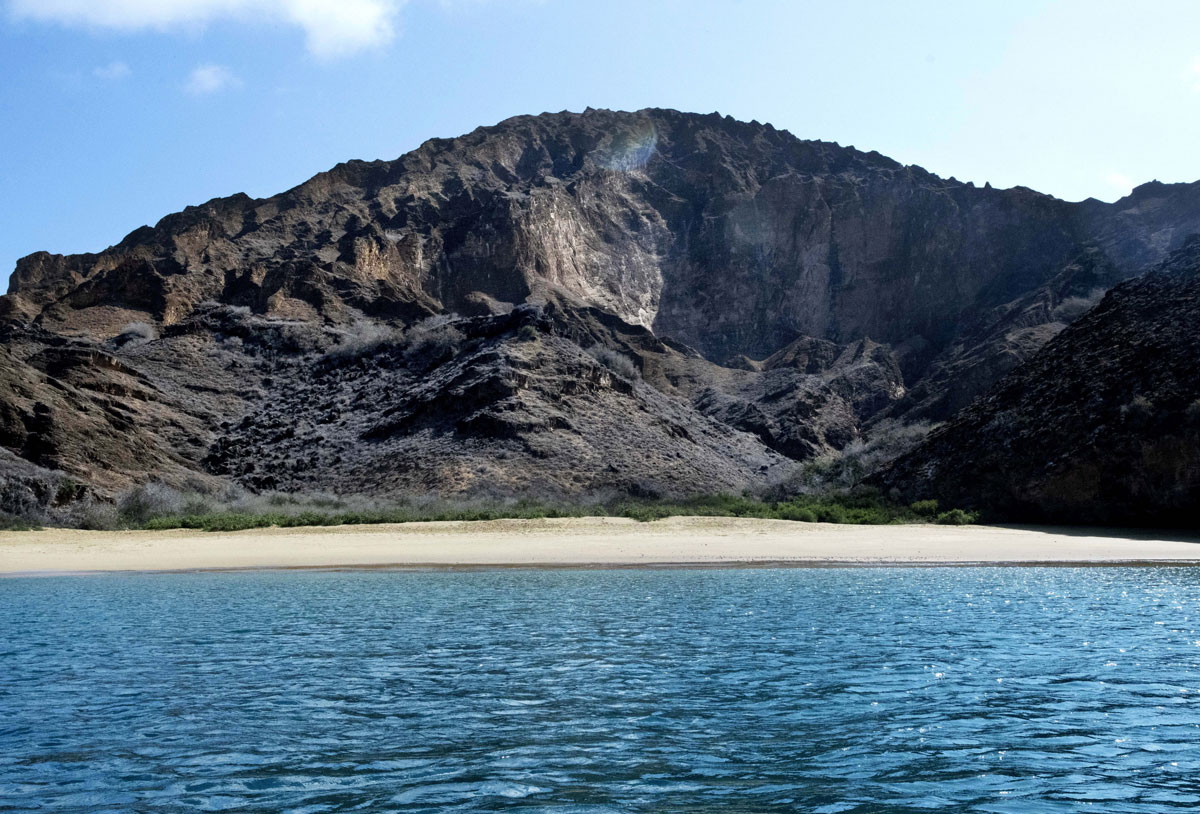
Enzo had committed himself to 20 days in and around the equatorial islands’ waters. He found himself there alone (with a local fisherman to pilot the boat).
He’d chosen Galápagos because it’s the “perfect environment to make us visualize and understand the equilibrium of the oceanic system, and how it affects the life on our planet on a profound, primordial, but also very tangible level.”
At that place where three major currents meet—a large reason why the Galápagos ecosystem is both as diverse and fragile as it is—he experienced just how tangibly that all could be shown. In the water, with the hammerheads below and to his right, he dove down, struggling against the current and saw a Galápagos shark, at maybe a fairly safe distance, turn to notice him. The shark, too, got thrown off by the strong current and twisted awkwardly in it for a moment before righting itself and regaining its characteristic grace. As Enzo watched it glide away, the strong current pulled his dive mask from his face and he had to surface.
After Antarctica, I thought nothing can surprise me.
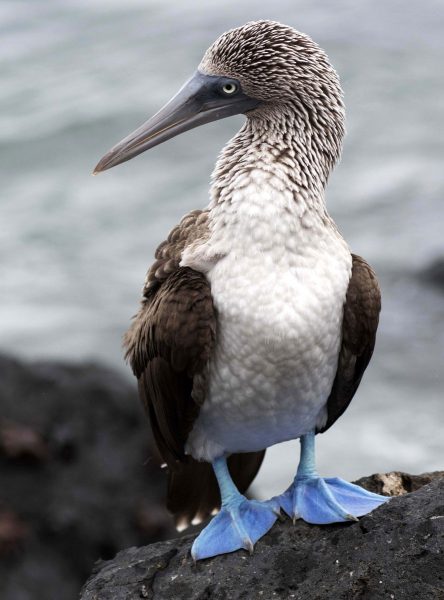
And intense as the experience was, Enzo knows he likely barely registered on his current companion’s radar. “They don’t care about you,” he says. “They know what they want. And we are not on the menu. But definitely they get close enough to figure out if you are good or not.”
The sharks have a pretty good buffet. They know what’s on the menu and have plenty of it—for now. There are nearly 500 species of fish in Galápagos—which is a protected UNESCO World Heritage site and something of a living museum, even underwater. Of those, about 50 fish species are endemic—meaning they can be found nowhere else in the world. Another species that exists only here, the uniquely evolved marine iguana, is reaching a dangerously low population. The islands’ most famous resident, the giant tortoise, is also on the endangered list. Could Galápagos, always precarious, be at a tipping point? This is partially what brought Enzo.
“After Antarctica, I thought nothing can surprise me,” he says, now safely back home in New York and in the relative comfort of a midtown coffee shop in the dead of winter. He’d spent four weeks in Antarctica a few years earlier for a similar photographic exploration with the intention of showing people the pristine nature they should be concerned with preserving, for his book The Noise of Ice. “We think we know nature,” Enzo muses. Fact is, when he traded following the footsteps of Shackleton for Darwin’s, he found that Galápagos has surprises at every turn, with the topography and wildlife changing about that often. Active volcanoes cover the 61 islands and islets—19 of them major—that make up the young archipelago, creating a harsh and almost primordial landscape that can switch from lush to rocky and barren at a moment’s notice.
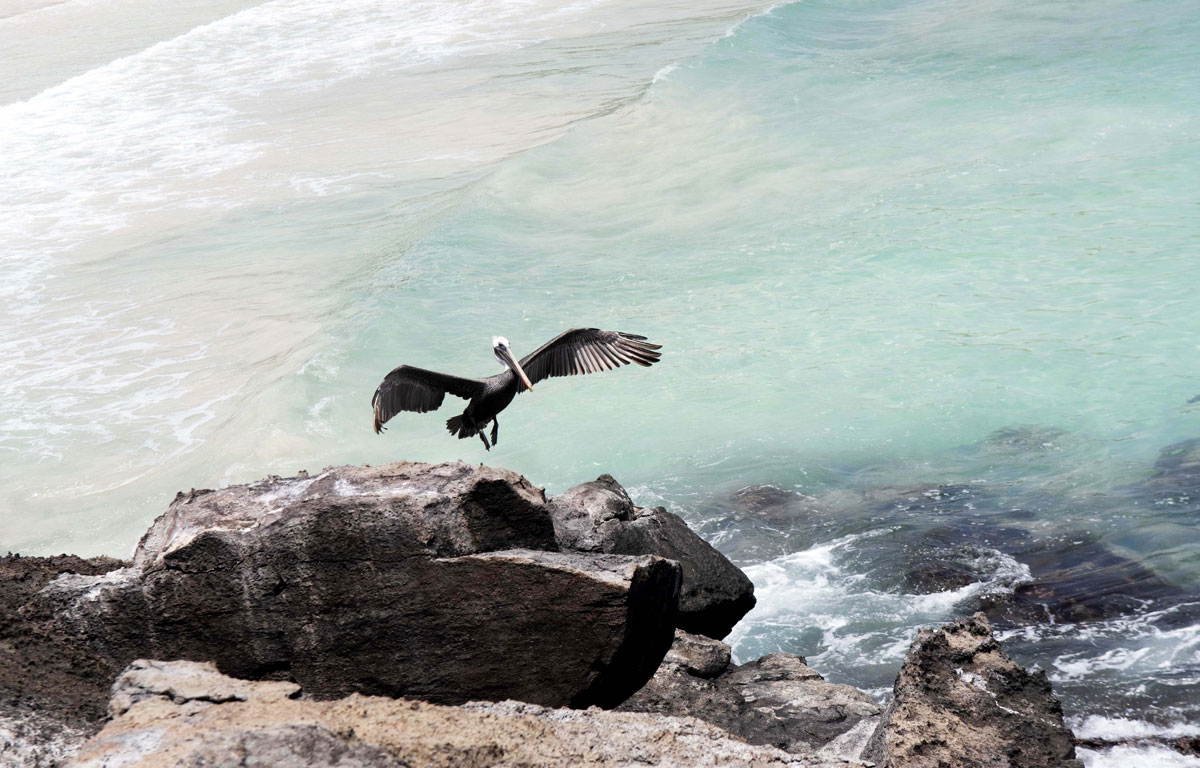
“You think, like, a dinosaur can appear around the corner,” as Enzo says. In this dynamic ecosystem, everything depends on everything else, but that balance can be shaky. The three major ocean currents that collide here—from the south, the north and the west—bring many gifts. What they don’t bring is stability.
The Humboldt Current, like Enzo himself, travels from Antarctica to Galápagos. It brings with it precious nutrients that support the wildly diverse ecosystem that inspired Darwin. Over millions of years it’s also brought the Galápagos penguin, a peculiar and quite rare (also endangered, quite possibly due to climate change) little species who sticks close to a couple of the islands and is the only penguin found north of the equator and the only tropical species of its kind.
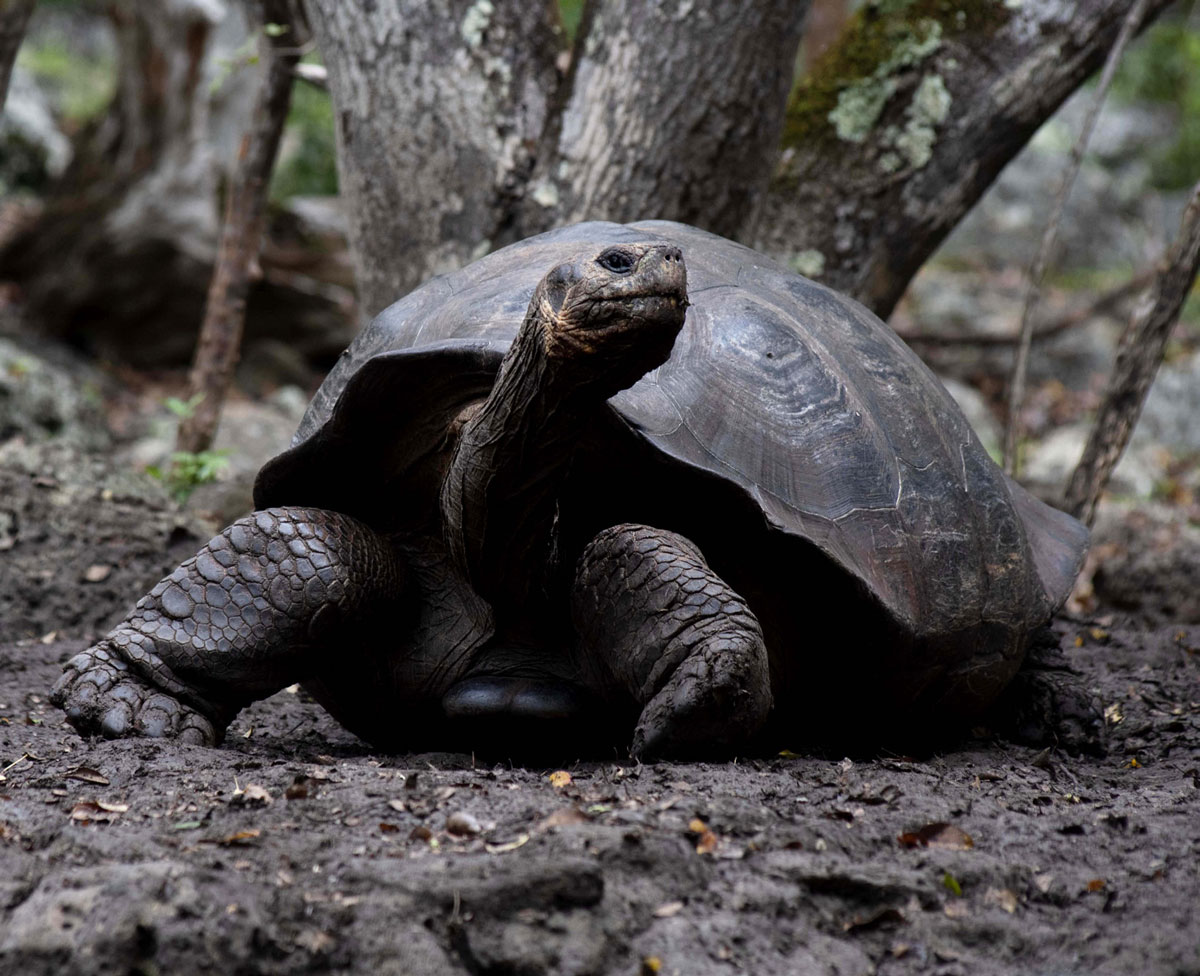
The southern current might have taken its time to bring the penguin to these shores. It’s much more expedient in delivering plastic debris, which can be found even here, at what feels like the ends of the earth. In many ways, it is on the edge of life on earth, where waters from all over the world mix—and, as the penguin demonstrates, a marginal environment in some ways that is just on the edge of where certain unique life is possible. It might not be for much longer if we are not careful.
The Whalebone Department of Conservation is unsure of exactly how many species are at risk in the Galápagos and all the complicated reasons why, because, well, it’s more of a department in theory and less of an actual research body. We do know that the surest way to help conservation efforts in the Galápagos is to visit. Bonus: You get to see it for yourself.
